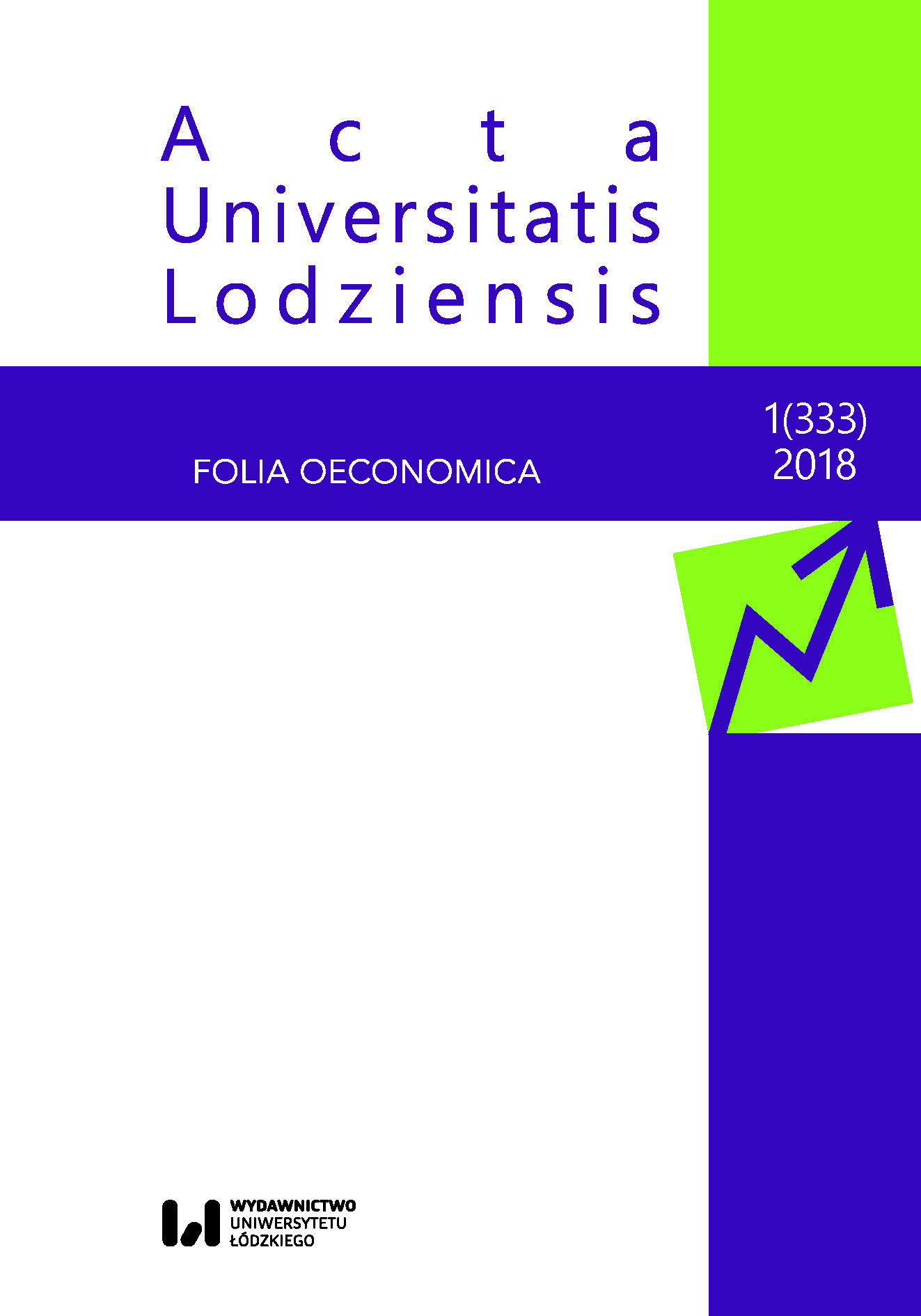Konstrukcja efektywnego portfela przy użyciu metod analizy skupień
Efficient Stock Portfolio Construction by Means of Clustering
Author(s): Jerzy KorzeniewskiSubject(s): Financial Markets
Published by: Wydawnictwo Uniwersytetu Łódzkiego
Keywords: investment portfolio construction; clustering; number of clusters; Sharpe index; analiza skupień; portfel inwestycyjny; liczba skupień; wskaźnik Sharpa
Summary/Abstract: When investors start to use statistical methods to optimise their stock market investmentdecisions, one of fundamental problems is constructing a well‑diversified portfolio consistingof a moderate number of positions. Among a multitude of methods applied to the task, thereis a group based on dividing all companies into a couple of homogeneous groups followed by pickingout a representative from each group to create the final portfolio. The division stage does nothave to coincide with the sector affiliation of companies. When the division is performed by meansof clustering of companies, a vital part of the process is to establish a good number of clusters. The aim of this article is to present a novel technique of portfolio construction based on establishing a number of portfolio positions as well as choosing cluster representatives. The grouping methods used in theclustering process are the classical k‑means and the PAM (Partitioning Around Medoids) algorithm.The technique is tested on data concerning the 85 biggest companies from the Warsaw Stock Exchangefor the years 2011–2016. The results are satisfactory with respect to the overall possibility of creatinga clustering‑based algorithm requiring almost no intervention on the part of the investor. // Stosując metody statystyczne do optymalizacji swoich decyzji inwestycyjnych, inwestorzy stają przed bardzo istotnym problemem skonstruowania dobrze zdywersyfikowanego portfela inwestycyjnego składającego się z niewielkiej liczby pozycji. Wśród wielu metod stosowanych do konstrukcji takiego portfela są metody wykorzystujące grupowanie wszystkich spółek w homogeniczne grupy spółek, po którym to etapie następuje wybieranie reprezentanta każdej grupy w celu utworzenia ostatecznej postaci portfela. Etap grupowania nie musi pokrywać się z przynależnością sektorową spółek. Grupowanie może być wykonywane za pomocą metod analizy skupień i w tym procesie bardzo istotne jest ustalanie właściwej liczby skupień. Celem niniejszego artykułu jest zaproponowanie nowej techniki konstrukcji portfela inwestycyjnego, odnoszącej się zarówno do ustalenia liczby pozycji w portfelu, jak również do wyboru reprezentantów skupień. Stosowane metody grupowania spółek to klasyczna metoda k‑średnich oraz algorytm PAM (Partitioning Around Medoids). Technika jest testowana na danych 85 największych spółek giełdowych z parkietu warszawskiego z lat 2011–2016.Wyniki są bardzo obiecujące w sensie możliwości opracowania algorytmu opartego na analizie skupień,który prawie nie wymagałby interwencji inwestora.
Journal: Acta Universitatis Lodziensis. Folia Oeconomica
- Issue Year: 1/2018
- Issue No: 333
- Page Range: 85-92
- Page Count: 8
- Language: English

